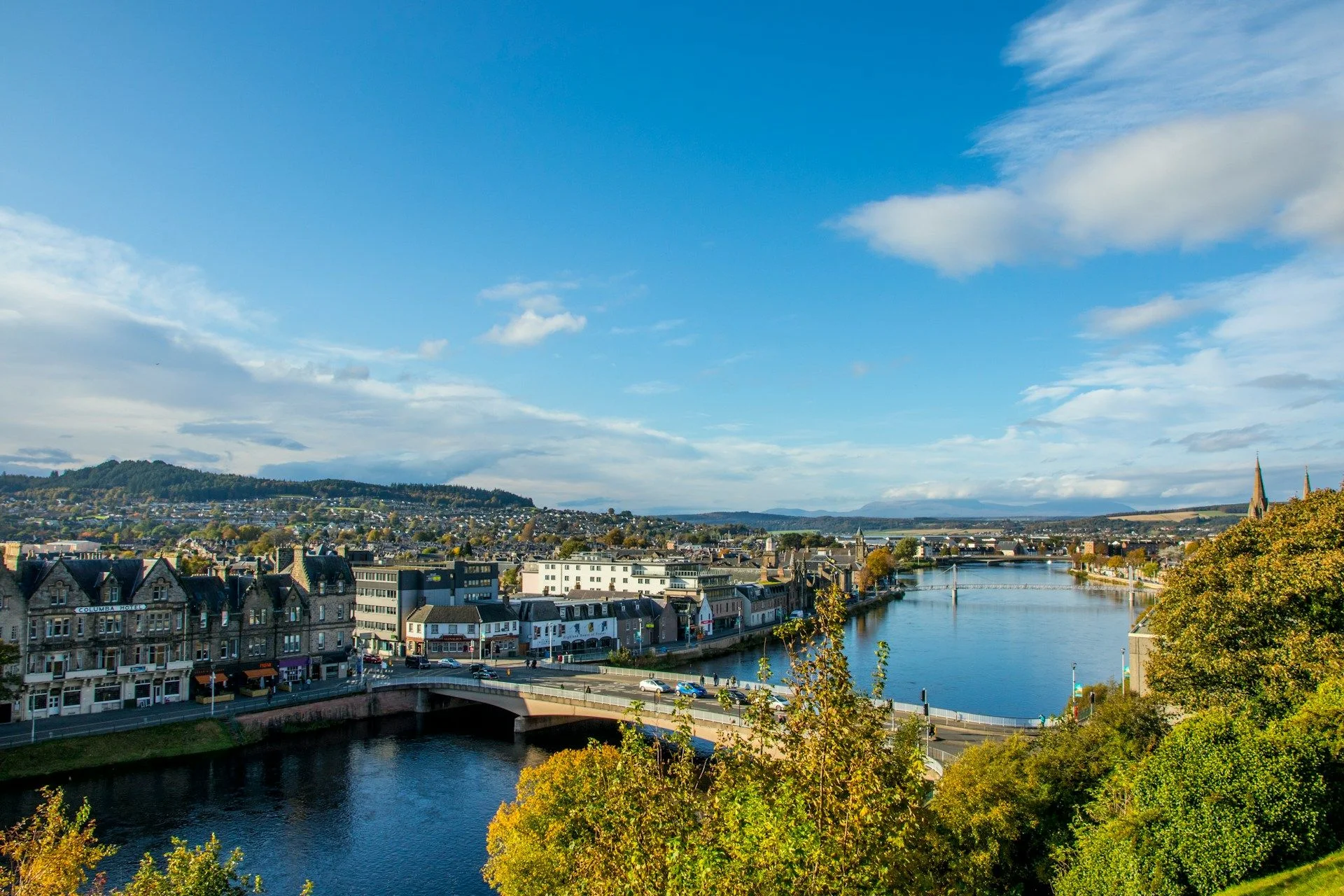Secondary real estate in Inverness, ScotlandNorthern capital with calmproperty market

Beste Angebote
in Inverness
Benefits of investment in
Scotland real estate

Guide for real estate
investors in Scotland
read here
Heritage homes with modern demand
Edinburgh and Glasgow combine history with high tenant interest — ideal for long-term buy-to-hold.
Education and tourism keep demand steady
Universities and global festivals create year-round rental activity.
Full ownership and flexible use
Scotland offers clear rights and flexibility for both primary and income-generating use.
Heritage homes with modern demand
Edinburgh and Glasgow combine history with high tenant interest — ideal for long-term buy-to-hold.
Education and tourism keep demand steady
Universities and global festivals create year-round rental activity.
Full ownership and flexible use
Scotland offers clear rights and flexibility for both primary and income-generating use.

Nützliche Artikel
und Empfehlungen von Experten
Secondary Real Estate in Inverness: Highland Capital with Expanding Resale Potential
Inverness’s secondary real estate in Inverness market combines the allure of historic architecture, Highland scenery, and an increasingly diverse economic base—qualities that make this northern city an attractive prospect for international investors. Buyers exploring resale properties here encounter a wide variety of typologies: traditional Victorian and Edwardian terraces in the city centre, 1970s and ’80s bungalow and chalet‐style suburbs in Westhill and Craig Dunain, riverside flats converted from former mill buildings along the River Ness, and contemporary townhouse developments in West Seafield and Muirtown. These pre‐owned homes offer immediate occupancy, established utility connections, and mature landscaping—advantages that new‐build premiums and long delivery schedules cannot match. Proven rental demand from university students at the University of the Highlands and Islands, healthcare professionals at Raigmore Hospital, and tourism‐driven short‐lets during the Highland Games season underpins reliable yields. With limited greenfield supply within the city’s conservation areas and steadily rising land values, secondary real estate in Inverness provides cross‐border investors with cost‐effective entry points, stable income streams, and the prospect of long‐term capital appreciation in a gateway to Scotland’s storied north.
Historic Core and Heritage-Led Renovations
The heart of secondary real estate in Inverness lies within the Georgian and Victorian districts that flank the River Ness. In areas such as Academy Street, Church Street, and Castle Road, buyers find four‐ and five‐storey townhouses built in the mid‐19th century, featuring ashlar stone façades, slate roofs, and original cast‐iron railings. These heritage residences often require sympathetic restoration: repointing of lime‐mortar stonework to match original coursing, restoration of decorative corbels and cornices, and the installation of slim‐profile double‐glazed sash windows that replicate original sightlines while improving thermal performance. Inside, period features such as ornate ceiling roses and polished mahogany staircases are preserved, while modern comforts—like underfloor heating tied into the city’s district energy network, integrated smart thermostatic controls, and bespoke joinery—are discreetly introduced to meet contemporary expectations. Grants administered by Highland Council’s Built Heritage Scheme can subsidize up to 50% of eligible conservation costs, incentivizing buyers to retain vaulted ceilings, original timber floors, and decorative plasterwork. These well‐executed restorations command premium resale values—often exceeding £300 per square foot—appealing to professionals, downsizers, and cultural enthusiasts drawn by proximity to Inverness Castle, Eden Court Theatre, and riverside walking paths.
Suburban Expansion and Value-Add Enhancements
Away from the historic core, Inverness’s resale landscape shifts toward post‐war and more recent suburban neighbourhoods where value‐add opportunities abound. In Westhill, Craig Dunain, and Balloch areas, buyers find semi‐detached and detached homes dating from the 1970s and ’80s on generous plots with mature gardens and off‐street parking. These properties are prime candidates for extensions—such as single‐storey garden rooms with floor‐to‐ceiling glazing that create year‐round living spaces, or first‐floor dormer additions that convert lofts into master-suite retreats with en-suite bathrooms. Kitchens and bathrooms are modernised with European‐styled cabinetry, composite stone worktops, and frameless glazed shower enclosures. Insulated external render systems (ETICS) are applied to older façades to meet Scottish building‐regulation energy standards, while integrated photovoltaic PV and solar‐thermal installations reduce running costs and enhance green credentials. In newer townhouse schemes at West Seafield and Muirtown, resale units offer contemporary layouts but often lack bespoke finishes—investors here replace standard floor coverings with engineered oak, install designer kitchens, and add glass‐framed balustrades to balconies overlooking the Caledonian Canal. These targeted enhancements typically increase achievable rental yields from 4% to 6% net and support resale premiums of 10–15%, as Inverness’s population growth and constrained supply continue to drive demand across suburban corridors.
Connectivity, economic diversification, and lifestyle amenities further bolster secondary real estate in Inverness. The city’s rail station offers direct Sprinter services to Aberdeen, Perth, and Edinburgh, while the A9 and A96 trunk roads link the Highlands to Scotland’s central belt, making Inverness a strategic base for commuters and regional managers. Inverness Airport provides routes to London, Belfast, and European hubs—essential for frequent investor visits and executive travel. Local economic anchors include Raigmore Hospital, the burgeoning life‐sciences cluster at Inverness Campus, and a growing tourism sector centred on Loch Ness cruises and Highland tours. Quality schools—from independent institutions like Inverness Royal Academy to high-performing state schools—and recreational amenities such as the Ness Islands, Bught Park, and championship golf courses at Castle Stuart attract families and active retirees alike. Seasonal events—Northern Meeting Highland Games and Inverness Music Festival—draw short‐term rental demand in city‐centre flats and heritage townhouses. These combined transport, economic, and lifestyle drivers ensure that secondary real estate in Inverness remains a resilient, multifaceted market, offering investors both immediate liquidity and sustainable, long‐term capital growth potential in Scotland’s northern capital.